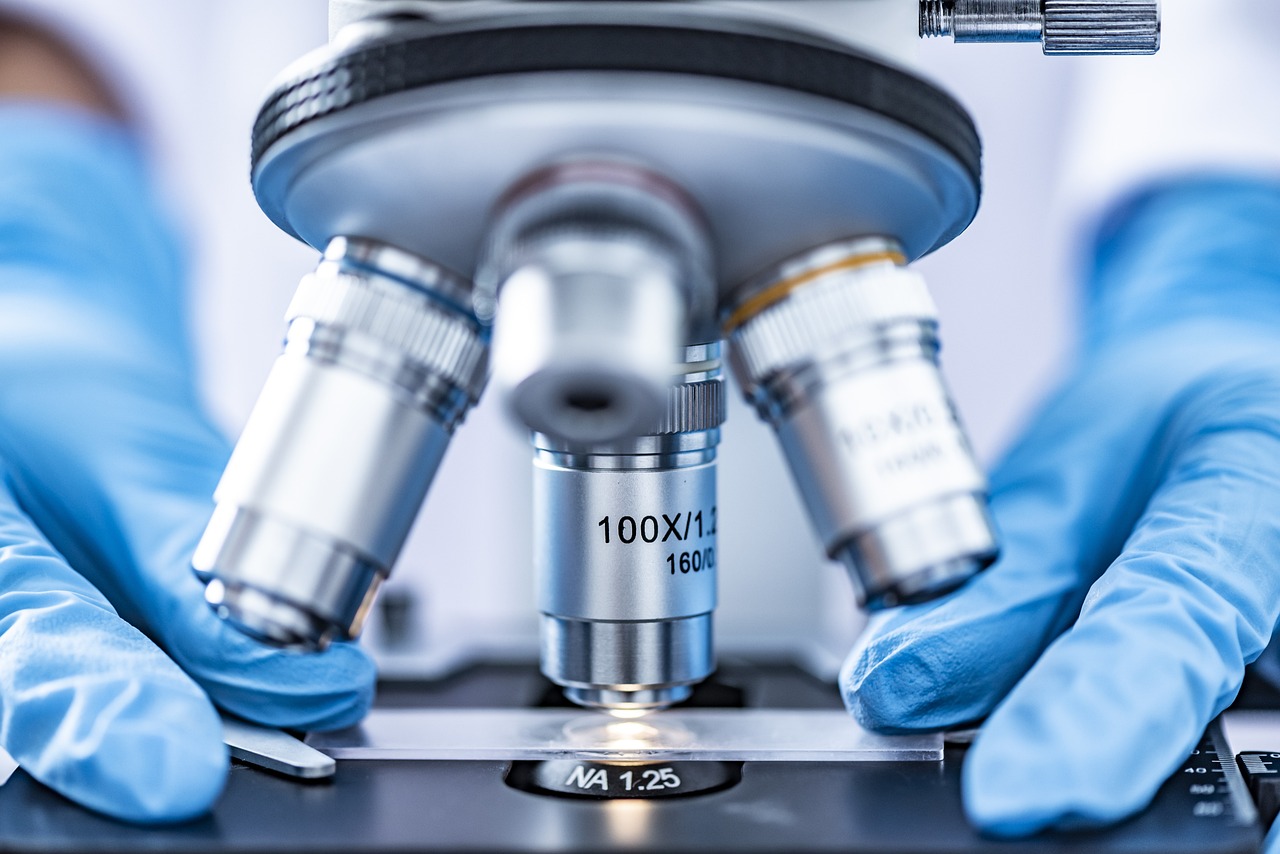Media release
From:
A new AI tool to more quickly and accurately classify brain tumours has been developed by researchers at The Australian National University (ANU).
According to Dr Danh-Tai Hoang, precision in diagnosing and categorising tumours is crucial for effective patient treatment.
“The current gold standard for identifying different kinds of brain tumours is DNA methylation-based profiling,” Dr Hoang said.
“DNA methylation acts like a switch to control gene activity, and which genes are turned on or off.
“But the time it takes to do this kind of testing can be a major drawback, often requiring several weeks or more when patients might be relying on quick decisions on therapies.
“There’s also a lack of availability of these tests in nearly all hospitals worldwide.”
To address these challenges, the ANU researchers, in collaboration with experts from the National Cancer Institute in the United States (US), developed DEPLOY, a way to predict DNA methylation and subsequently classify brain tumours into 10 major subtypes.
DEPLOY draws on microscopic pictures of a patient’s tissue called histopathology images.
The model was trained and validated on large datasets of approximately 4,000 patients from across the US and Europe.
“Remarkably, DEPLOY achieved an unprecedented accuracy of 95 per cent,” Dr Hoang said.
“Furthermore, when given a subset of 309 particularly difficult to classify samples, DEPLOY was able to provide a diagnosis that was more clinically relevant than what was initially provided by pathologists.
“This shows the potential future role of DEPLOY as a complementary tool, adding to a pathologist’s initial diagnosis, or even prompting re-evaluation in the case of disparities.”
The researchers believe DEPLOY could eventually be used to help classify other types of cancer as well.
The research has been published in Nature Medicine.



 Australia; ACT
Australia; ACT


